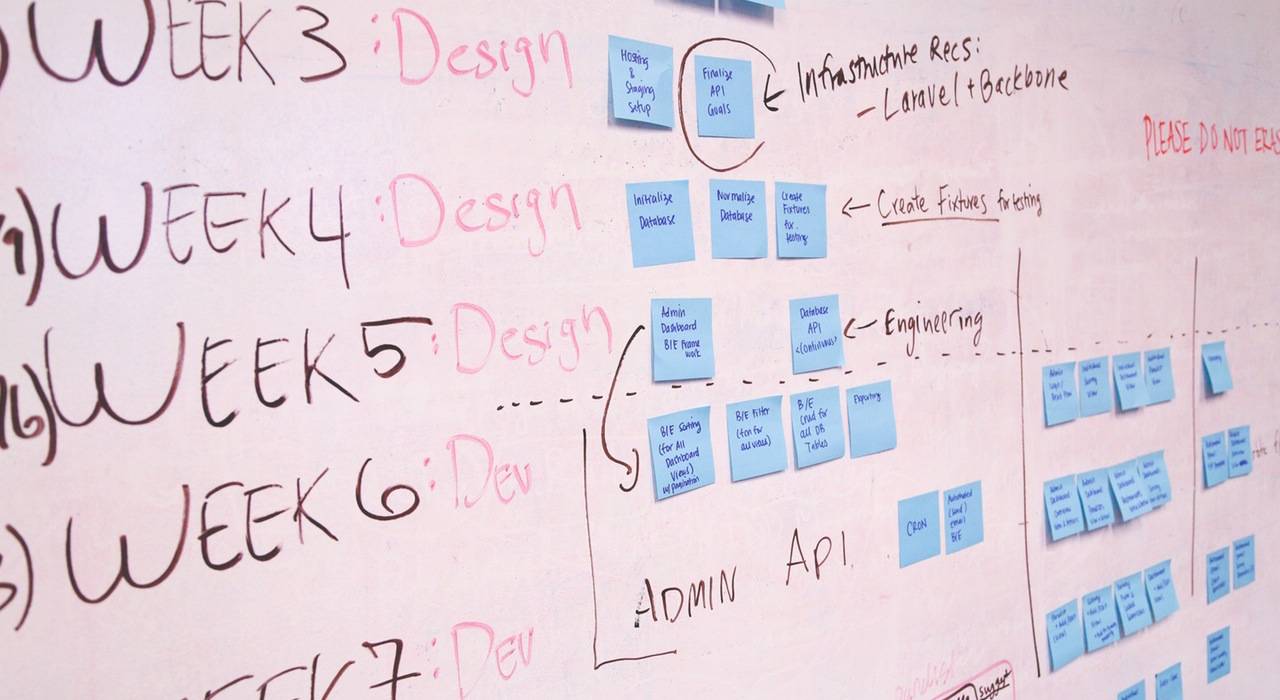Email Retargeting: How To Get It Right?
Let’s face it: planning and execution are two different things.

It’s an unavoidable truth of corporate life: the best-laid plans often fall through when it actually comes to delivering on them. This is as true for email retargeting as for anything else: digital marketers often set out with high expectations and enthusiasm, only to hit certain roadblocks along the way which discourage them from reaching Email Retargeting Nirvana.
… Which is a pity, since according to Jupiter Research, marketers who segment their lists and employ quality targeting can improve conversions by 355% - and increase revenues by 781% (as compared to traditional, mass-sent emails)!
Is email retargeting really so worth it?
Like we’ve said before: technically, email retargeting is no more than sending personally relevant emails to your subscribers, in order to drive them back to your website. And just like with any other kinds of retargeting (display, Facebook etc.), its biggest benefit is higher conversion rates, owing to the personal relevance of the content - something every marketer can appreciate.
Find out more about what email retargeting means here!
The tricky part? Getting it right. Because retargeting isn’t a quick fix - it requires initial setup and some ongoing attention and maintenance from you to get the most out of it. And this can lead to loss of heart for those who don’t have the grand prize in sight: significantly increased engagement rates from your subscribers, outranking that of any competition.
So the question is - how do you get your email retargeting just right? How do you avoid the roadblocks and get that ultimate reward? Well, here’s some hands-on advice for you to do just that.

Don’t skip the clean-up
Your retargeted emails are only as good as the data they’re based upon. Which means that your customer data needs to be in spick-and-span order before you set up your retargeting campaigns: you need to define what type of data you need, collect new data if you’re missing something essential, and structure it to make sense. No matter if you want to build your retargeting on your subscribers’ industry, some audience personas you’ve created or where they are in your customer journey - your data should be as clean and tidy as your desk on a first day at a new job!
Here’s an example of how we do it here at Apsis: first, we build segments by integrating all of our data sources from Apsis Pro (email marketing), Apsis Lead (lead generation) and our internal CRM, and base them on factors like site behaviour, subscriptions, visitor type, interests etc. Once we have all this data in one place (which, incidentally, is our Apsis platform), we build different audiences based on these factors, before defining the journey we want to take them through.
Want to know more about data collection? Then our whitepaper on Customer Profiles is for you - download it here!
Step into their shoes (and their clothes, and their skin)
If your data’s all set, it’s time to think about content. The big question you need to answer: what will make YOUR email the most relevant one in your subscriber’s inbox? It’s not enough to draw on personas and/or your intuition for the answer: you need to step in your subscribers’ shoes.
How can you do that? Start using the product or service you’re promoting as they would. Run through your FAQ sections to get an idea of their problems. Ask them directly what they want with a short survey, if you prefer! Select a handful of subscribers and take a long, detailed look into their previous activity (see, all that data ordering comes in handy now!). Go the extra mile and do everything in your power to feel as they feel - then start brainstorming about email content that will fit them like a glove.

Embrace technology - especially automation
Another common reason for giving up on retargeting? Resource issues - or should we say, perceived resource issues. Because of course, the more sophisticated your retargeted email campaigns get, the more content you need to produce to fill your retargeting emails.
But fear not! This is where automation can really help you out: if you think about your email retargeting in terms of automated email flows (which are still based on demographic/behavioral data, keeping them personally relevant), the work needed to keep your subscribers happy will suddenly be cut in half.
If marketing automation interests you, get our free handbook here!
So start thinking about how technology can help you on your way to retargeting greatness: if you work in e-commerce, you can work with abandoned shopping cart and abandoned browse emails, triggered product recommendations and discounts; in the B2B world, lead nurturing campaigns can guide your customers through your sales lifecycle; if you’re working for an NGO, periodic triggered emails based on behaviour or special events can have a great effect.
... This advice is only the beginning, of course. The beauty of email retargeting is that you can monitor your results and then adjust your campaigns according to what you see - if something works well, you can duplicate or amplify it; and if not, you can tweak it to serve your needs better.
So keep an eye on your performance - jump over the pitfalls we mentioned above - and reach your retargeting paradise intact! You deserve it.